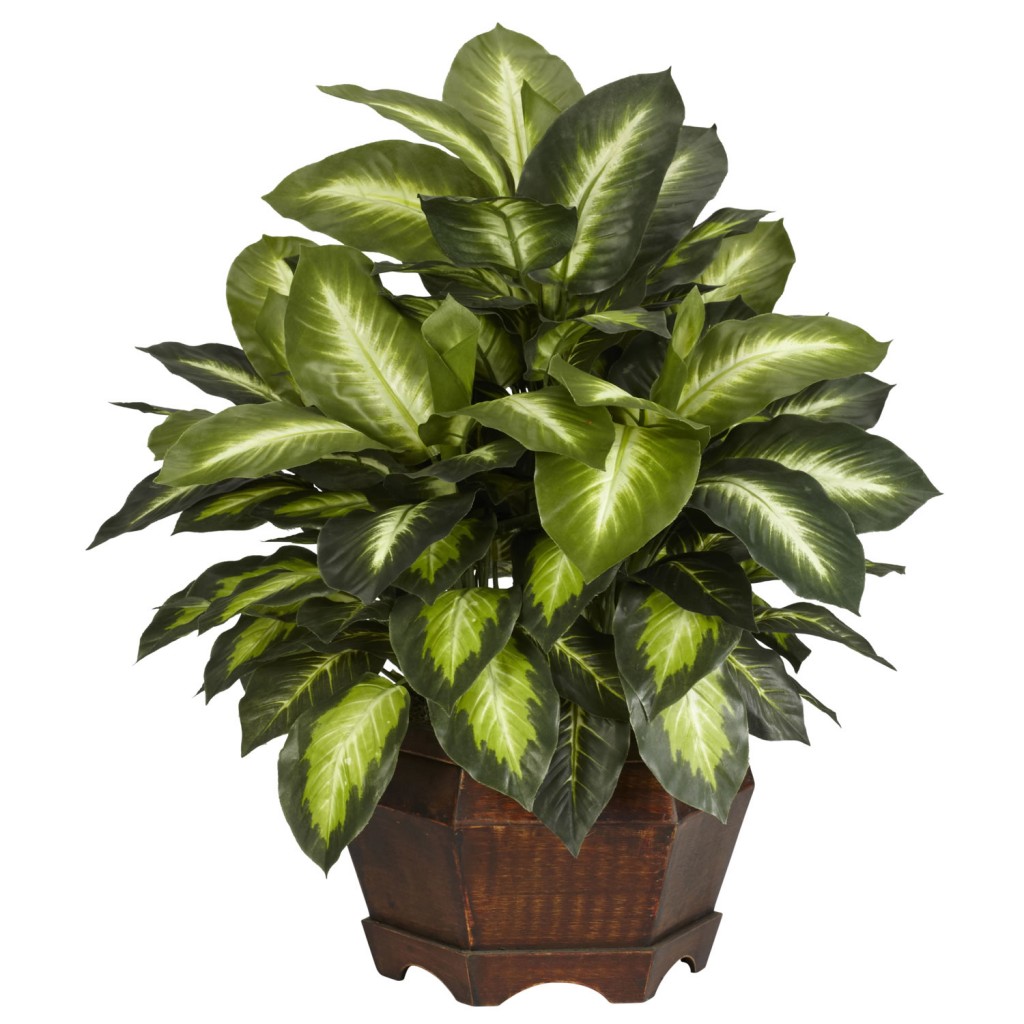Table Of Content
The Christmas cactus is a moderately slow-growing plant that can produce bright flowers during the winter months when other plants rest. Various hybrids offer extended flowering times and more color, and these are a good choice for beginners. Bromeliads are easy to raise, tolerating a good range of temperatures and having minimal watering requirements. Bright, indirect light is best for bringing out their color, but you can also raise them in areas with lower light. Begonias require regular pruning, both to ensure a desirable shape and to get rid of old flowers.
Still House Plants: If I Don’t Make It, I Love U review – inspiringly fearless and free art rock - The Guardian
Still House Plants: If I Don’t Make It, I Love U review – inspiringly fearless and free art rock.
Posted: Fri, 12 Apr 2024 07:00:00 GMT [source]
Pachira Money Tree House Plant in 1.25-Pint Planter
Fiddle Leaf Fig – Fiddle Leaf Fig – Ficus LyrataThis grows to become a large ornamental houseplant with large leaves for a ficus. Croton – Codiaeum VariegatumNot an easy species to grow, although its foliage is outstanding in color. Cast Iron Plant – Aspidistra ElatiorReceives its common name for its ability to withstand neglect. Areca Palm – Dypsis LutescensA cane-type palm growing up to 8ft tall with multiple stems. Aluminum Plant – Pilea CadiereiAn easy-going house plant that is generally simple to please.
Fiddle Leaf Fig
Snake plants require minimal watering, doing best if you can provide water from the bottom to encourage deep roots. Few things will kill this plant other than overwatering, so it’s a great choice for beginners and offers a generous margin of error for mistakes. Rubber plants have unusually thick and shiny leaves, which help resist browning and discoloration from chemicals in tap water. They can grow extremely large without pruning, but regular tending will encourage healthy growth and limit their size to whatever matches your room. It’s much easier to give a ponytail palm too little sun instead of too much, so if you’re uncertain, place it somewhere it will get as much as possible.
Best Plants To Grow Indoors
Maranta have shallow roots and particularly prefer having soil that stays damp at all times. They can’t drink from deeper watering like most other houseplants, so frequent care is essential to their overall wellbeing. For the best results, put this with several other plants to help keep the humidity levels high.
Spider Plant
Grow them in a sandy, well-drained soil such as a cactus potting mix. Jade plants can live for decades and are easy to propagate from leaf or stem cuttings. Let the cuttings dry out for a few days and then stick them in a good potting mix, preferably one for cactus and succulents.
Some people consider it an invasive species outdoors, but inside, it holds up well to different humidities and light levels. Put it in a darker area to limit growth or provide more sunlight if you want it to get as big as possible. Dragon trees stop growing when pots are too small, so you can control their growth by leaving them in a pot of your preferred size. Otherwise, they can reach an impressive fifteen feet tall, making them ideal centerpieces in bigger rooms.
Air Purifying Plants For Your California Home
Native to Brazil, the begonia maculata grows on a cane-like stem with long emerald green leaves and a smattering of silver spots. The back of the leaf is red, and the plant flowers with dense clusters of white blooms. It almost has a cartoonish aesthetic, making it the star of any space.
Campanula Flowers Make Gorgeous Houseplants
'Magic potion' for houseplants is a 'nutrient-rich fertiliser' you can make from scraps - Express
'Magic potion' for houseplants is a 'nutrient-rich fertiliser' you can make from scraps.
Posted: Sat, 27 Apr 2024 06:00:00 GMT [source]
Dark green leaves and snow-white flowers comprise the herbaceous perennial peace lily. As one of the best indoor plants to grow, peace lilies don’t require much sunlight or water to survive. The fragrant scent of this flower fills every room with serenity—its air-purifying properties make it the perfect house plant to add to your space.

This species flowers at the end of summer and display jaw-like leaves that are toothed. The apple cactus (also known as columnar, column, hedge cactus and others) displays a prominent ribbed column stem with brown colored spines. The Lithops fulleri is a living stones plant displaying green grayish foliage and mottled markings at the top. The bunny ear cactus, also known as the polka dot cactus is a very popular plant.
No matter which type of grape ivy (Cissus rhombifolia) you choose, the shiny, deep green leaves will add an interesting texture to a room. Its tendrils will easily cling to a trellis or a stake for a vertical display. Even though it’s a vine, grape ivy has more of a mounding habit so it’s a perfect choice for a lush, tidy-looking indoor hanging basket.
Super easy to propagate, friendship plant is named for the ease with which it can be shared with friends. Named for its bright red blooms, flame violets’ colorful flowers are only accentuated by their showy, highly contrasting leaves. Coming in both solid green and variegated varieties, Chinese evergreen plants are super low maintenance, but they pack a punch.
Despite its low light and moisture requirements, the ZZ plant tends to have dark and glossy leaves. It can even thrive in windowless rooms if there’s enough artificial light, so this is an excellent choice for some offices. Snake plants are extraordinarily hardy plants, to the point that locals in their native African habitat use them for ropes and baskets. It grows well in almost any lighting except full, direct sunlight, though you may need to rotate it regularly to discourage growing towards the sun.
Aloe vera is perhaps the most popular house plant for good reason. Other than being low maintenance, this magical plant heals minor burns and rashes. The evergreen perennial is used in beverages, lotions, ointments, and everything in between. Having aloe vera around the house is a great way to add a natural ingredient to your skincare routine.
Succulents and cacti are extremely popular and it’s easy to see why – they come in range of shapes, sizes and colours, such as the bunny-eared prickly pear cactus. It bears small, sharply pointed, toothed leaves in blue-green, with reddish tips. Grow in bright light and water regularly, reducing watering in winter. The upright, sword-shaped leaves of snake plants (Sansevieria) are instantly recognisable.

No comments:
Post a Comment